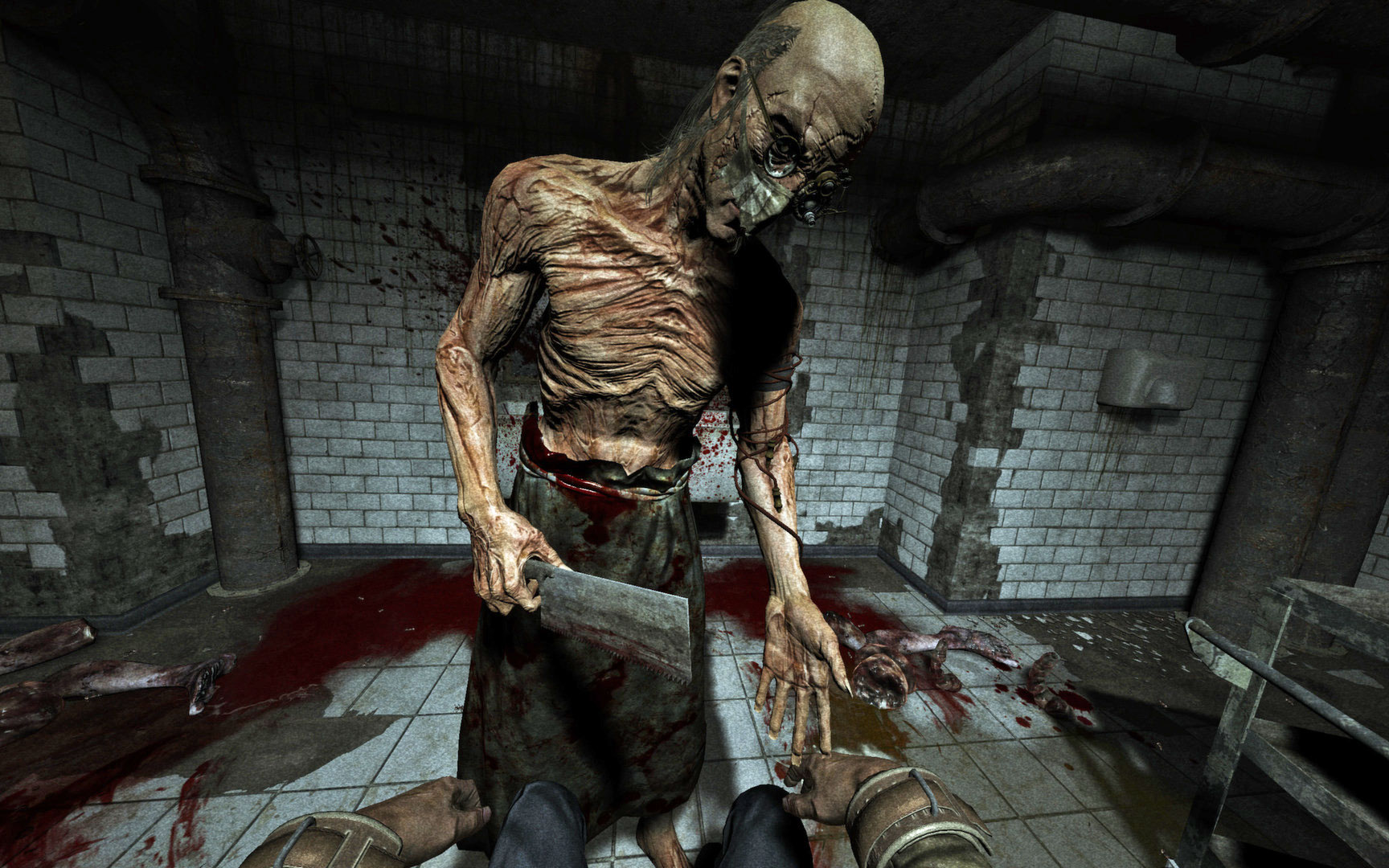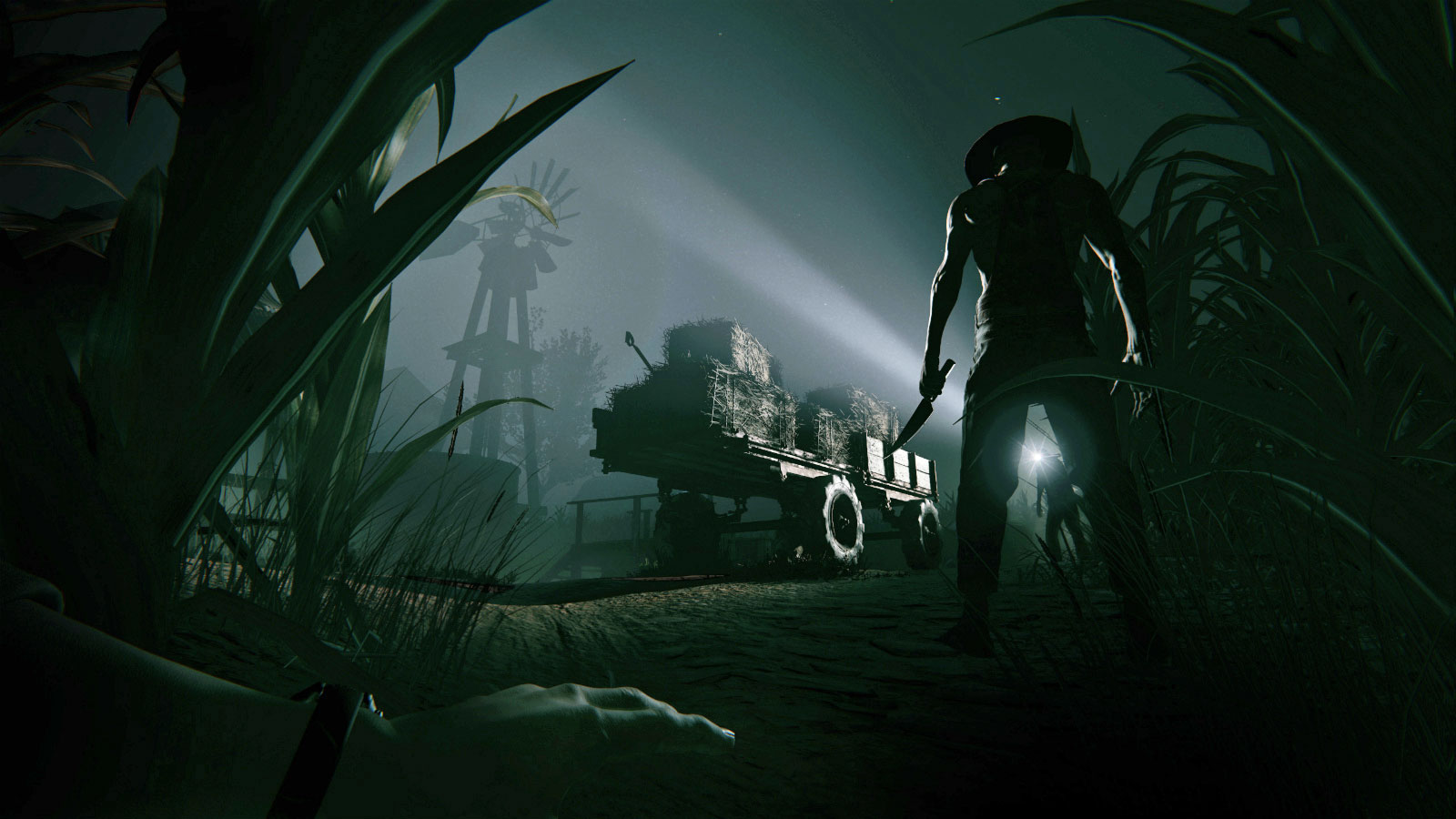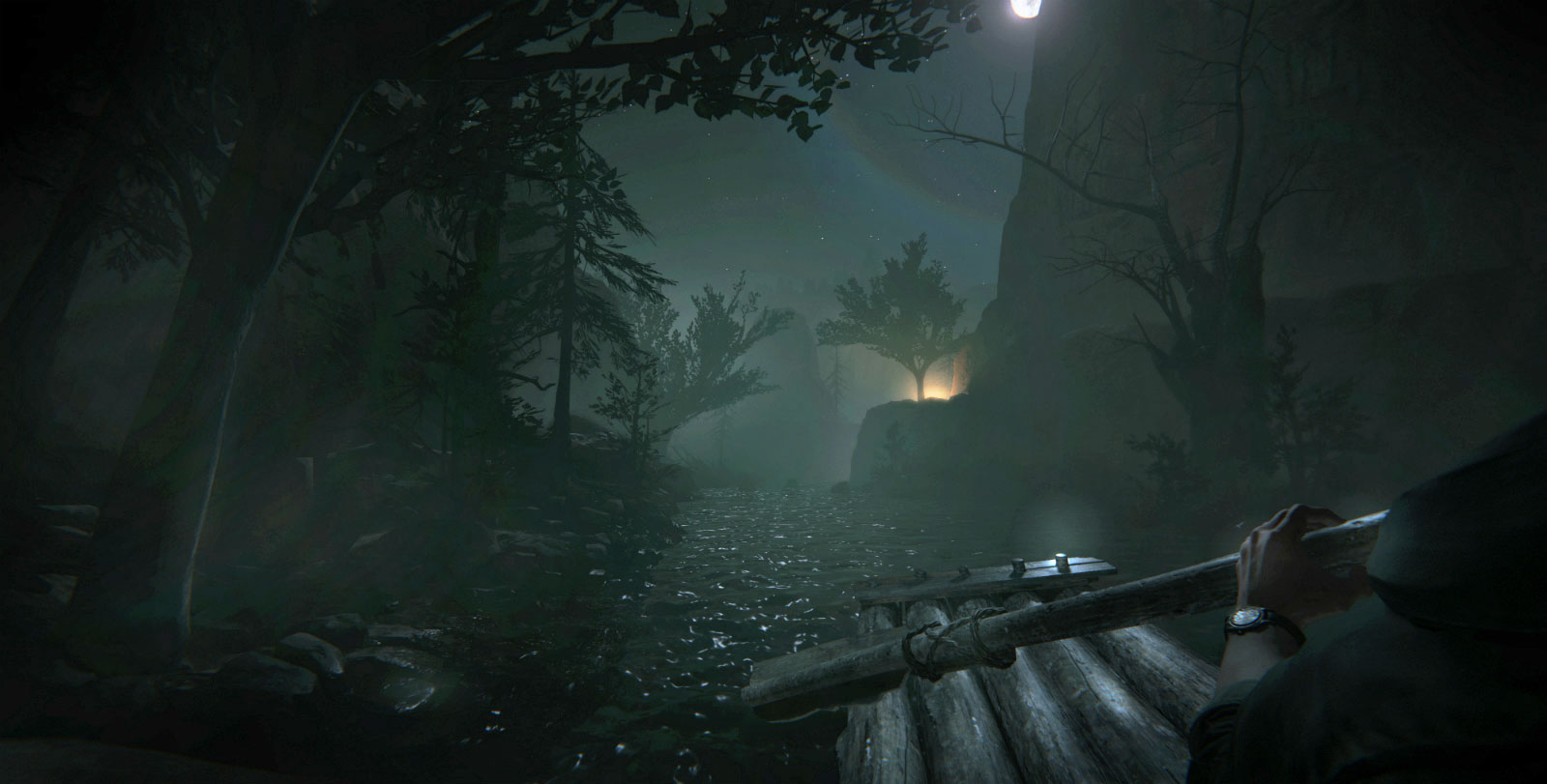Philippe Morin wants to break your brain. As a creator of the grotesque, critically acclaimed horror series Outlast, he delights in dissecting the psychology of terror and dreaming up new nightmares for video game fans.
Just look at Outlast 2. Morin's latest project -- due out for PC, Xbox One and PlayStation 4 this spring -- promises to play with the idea of isolation in unexpected ways. The game throws players in the middle of the sprawling Northern Arizona desert, but the setting isn't designed to generate the feeling of freedom. If Morin gets his way, this vast environment will make players feel claustrophobic, crushed by all the open space and consumed by fear of the horrors it might be hiding.
"This time we could afford to pursue a little more thoroughly the psychological layer," Morin says. "Internally what we've been saying is, the first Outlast was meant to take away your physical integrity and the second Outlast will take your mental integrity."
Gallery: 'Outlast 2' | 6 Photos
 6
6



 +2
+2
Morin is a veteran game designer who's worked on major franchises including Assassin's Creed and Uncharted, but recently he's made a name for himself as a master of horror. He's a co-founder of independent Montreal studio Red Barrels, the home of Outlast.
The original Outlast is a first-person, exploration-heavy game that hit PC in late 2013, followed by a debut on PlayStation 4 and Xbox One in 2014. It follows a journalist as he investigates a dilapidated psychiatric hospital overrun with homicidal former patients who have been subjected to inhumane experiments in nanotechnology.
Players have a video camera equipped with night vision, allowing them to peer down dark hallways with an eerie green light and capture written journal entries pertinent to the story. The game features winding basement passageways, tight corridors guarded by monstrous killers, severed limbs and buckets of blood. It's tense, gory and terrifying the entire way through, as is the follow-up Whistleblower DLC mission.

A particularly memorable scene from the original Outlast (Image credit: Red Barrels)
Outlast was a grand success for Red Barrels, but it wasn't the game Morin thought it would be. For one thing, it's more reliant on jump scares and disturbing imagery than it is on a compelling narrative. Red Barrels was a new, small studio, so tight budget and schedule constraints meant the team had to ditch some of the game's more complex themes.
"A lot of things came out the way we intended to, but we also had to make a lot of choices based on timing, schedule and budget," he says. "So that psychological layer, we wanted that to be a part of the first Outlast, but sometimes you have to go with the flow and the game just becomes whatever it wants to become."
Outlast 2 is Morin's chance to get psychological horror right.
The sequel ditches the cramped corridors of Mount Massive Asylum for a vast desert landscape dotted with dusty corn fields, cactuses and craggy mountains.
The game's mechanics have evolved as well: The camcorder isn't just a night-vision flashlight this time around. Instead of finding written documents with the camcorder and reading them later, players will actually record segments of their gameplay and be able to re-watch scenes complete with the protagonist's commentary.
The story itself weaves in religious imagery and supernatural elements like giant, undulating tentacles that burst through the ground to suck the protagonist down a well.
At one point, the main character finds himself in a Catholic school, chasing the ghostly image of a young girl he once knew down the abandoned hallways. Spoilers: Before their game of cat-and-mouse can finish, that little girl is also plucked out of sight by a bunch of demonic tentacles.
This scene might be something that Morin calls a "What the fuck?" moment.
"I think what we like to do with the series is just bring players into this very uncomfortable zone where they -- internally we call it the 'What the fuck?' moment," he says.
Usually, Morin explains, horror games begin with a scene that makes players ask, "WTF is going on?" Outlast certainly has this moment in the first few minutes, but Morin says he would have liked to see it repeated a few more times throughout the game.
With Outlast 2, Morin made sure there are plenty more WTF moments sprinkled throughout the 10-hour horror fest.
"We wanted to make sure with the second game, every hour or so you would get that 'What the fuck?' moment at least once, to keep on renewing the feeling of insecurity and take you out of the comfort zone," he says.
These WTF moments are a large part of Outlast 2's attempts to manipulate players' emotions. Morin wants to make players feel powerless and uncomfortable, but he isn't relying on jump scares alone to achieve these effects. One thing he learned while working on the original Outlast was the concept of "less is more," at least as it applies to horror.

The deadly corn fields of Outlast 2 (Image credit: Red Barrels)
"You've got to leave room for the player's imagination before you hit them with something," he says. "It's something we have to remind ourselves constantly because it's kind of the opposite of what you learn as a game designer. In most games, you want to throw a lot of stuff for the player to do so they're almost over-stimulated, and when you're working on a horror game, you have to un-learn all these things. Especially if it's the kind of horror game where it's about making the player feel powerless."
Horror is a strange genre where creators actually want their audiences to feel disgusted, uncomfortable and terrified. Powerless. Despite these inherently unappealing advertising qualities, the market for horror games is strong heading into 2017.
Gaming's horror industry has been steadily expanding since the release of Amnesia: The Dark Descent in 2010. Amnesia proved there was an audience for horror games in the modern era, but at the time there simply weren't many other similar games on store shelves (yes, people still went to stores to buy games in 2010).
More recently, the genre has been bolstered by popular, mainstream titles like Outlast, Five Nights at Freddy's, Layers of Fear, Until Dawn and even the PT demo, a project from Hideo Kojima and Guillermo del Toro that rose to cult status after Konami suddenly canceled the full game (Silent Hills) in 2014. Resident Evil 7: Biohazard came out at the end of January -- complete with PlayStation VR support -- and within weeks, Capcom had shipped more than 3 million copies of the game worldwide.
Perhaps Outlast entered the market at a fortunate time, but it succeeded because it's a heart-pounding, polished horror experience. Outlast's success gave Morin a chance to breathe, grow his team and plot the sequel he really wanted.

The desert isn't always dry in Outlast 2 (Image credit: Red Barrels)
Morin and the Red Barrels crew chose Arizona precisely because it was so different than the asylum, and they craved a challenge. The team spent roughly a year tweaking the landscape until they found a "sweet spot" where the open canyon felt just as claustrophobic as the halls of a fortified, bloody hospital. This was a necessary creative step.
"I think it's important, whether you are working on a new IP or a sequel, you gotta find ways to put you as a developer a bit on edge, so that you don't feel too comfortable," Morin says. "Because that stimulates creativity. You have to give yourself these challenges, even if you don't have any idea of the solution."
In making Outlast 2, Morin purposefully designed a scenario where he would be challenged, lost and out of his comfort zone -- just like his players will be.



 +2
+2